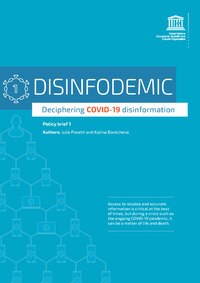
Photo from wikipedia
The higher performance level of master athletes compared to non-athletes is often associated with better health throughout life. However, even the physical performance of master athletes declines with age, and… Click to show full abstract
The higher performance level of master athletes compared to non-athletes is often associated with better health throughout life. However, even the physical performance of master athletes declines with age, and this decline accelerates from about the age of 70 years onwards. A progressive loss of muscle mass, declines in force- and power-generating capacity, decreased flexibility, and the concomitant decline in specific tension characterize the muscular changes underlying performance declines. In the cardiovascular system, declines in stroke volume and cardiac output, and cardiac and vascular stiffness contribute to decreasing performance. Recent studies have shown that long-term endurance exercise in master athletes does not only have positive effects, but is associated with an increased incidence of atrial fibrillation, atherosclerotic plaques, and aortic dilation, and even more so in men than in women. Recently, larger longitudinal datasets were analysed and showed that the age-related decline in performance was similar in longitudinal and cross-sectional data. In conclusion, regular physical activity enhances the exercise capacity, and hence quality of life in old age, but it is not without risks.
Journal Title: International journal of sports medicine
Year Published: 2021
Link to full text (if available)
Share on Social Media: Sign Up to like & get
recommendations!